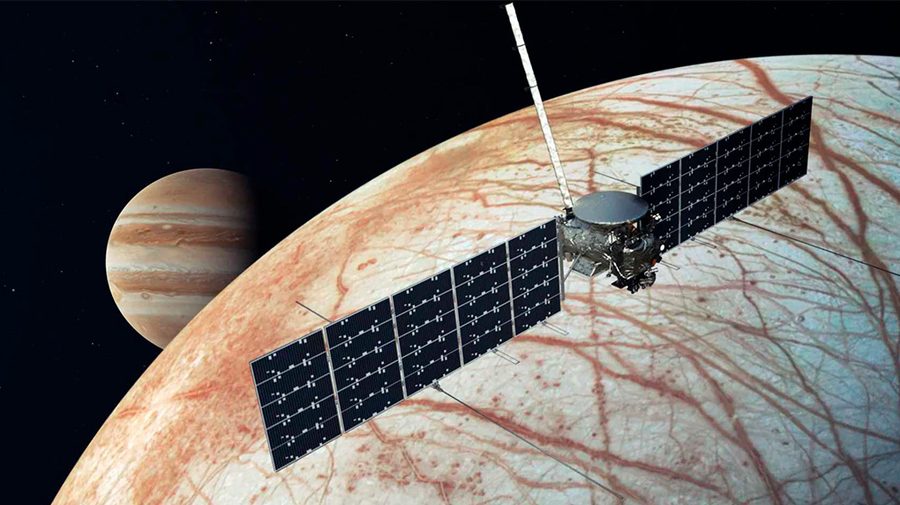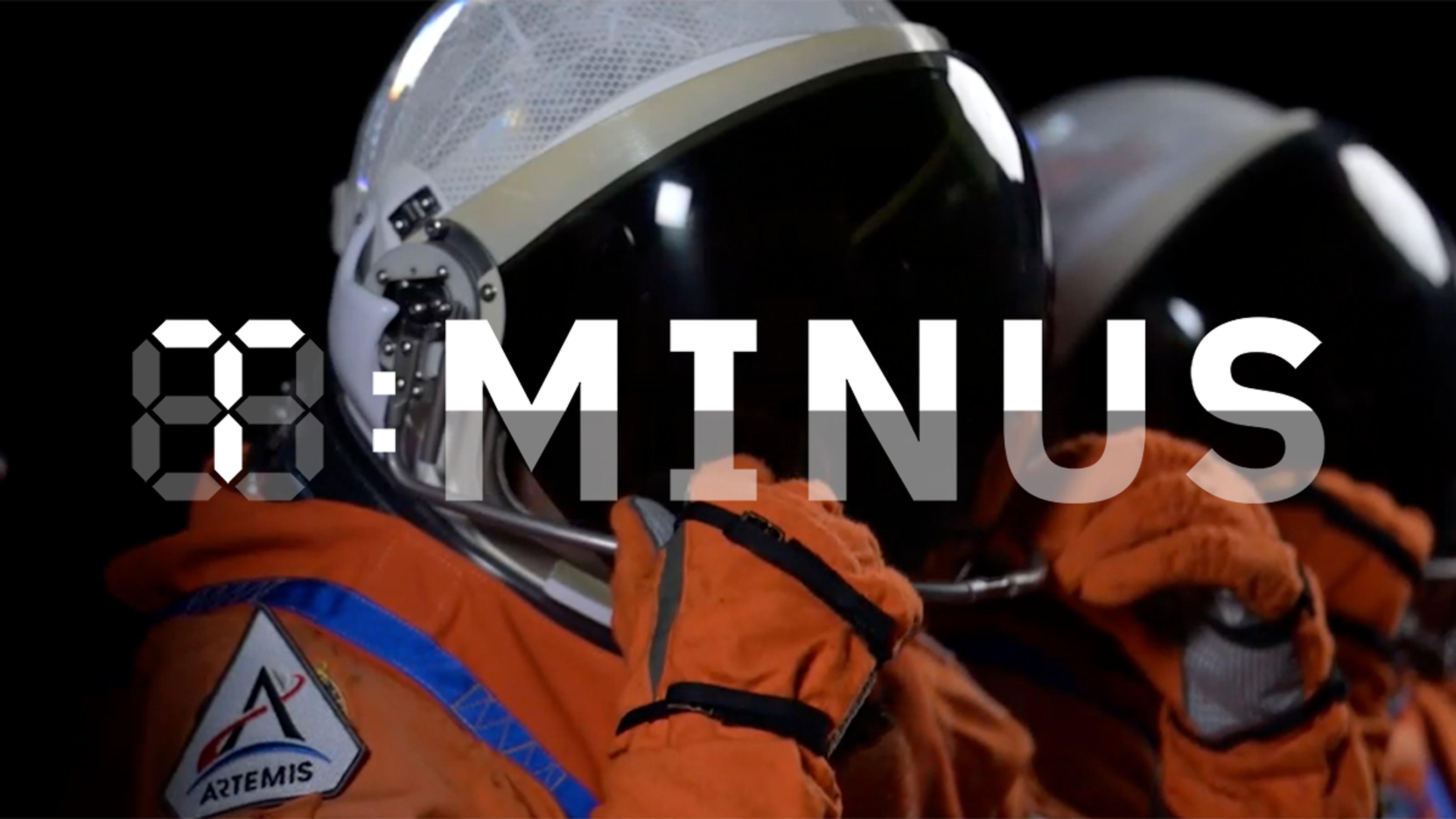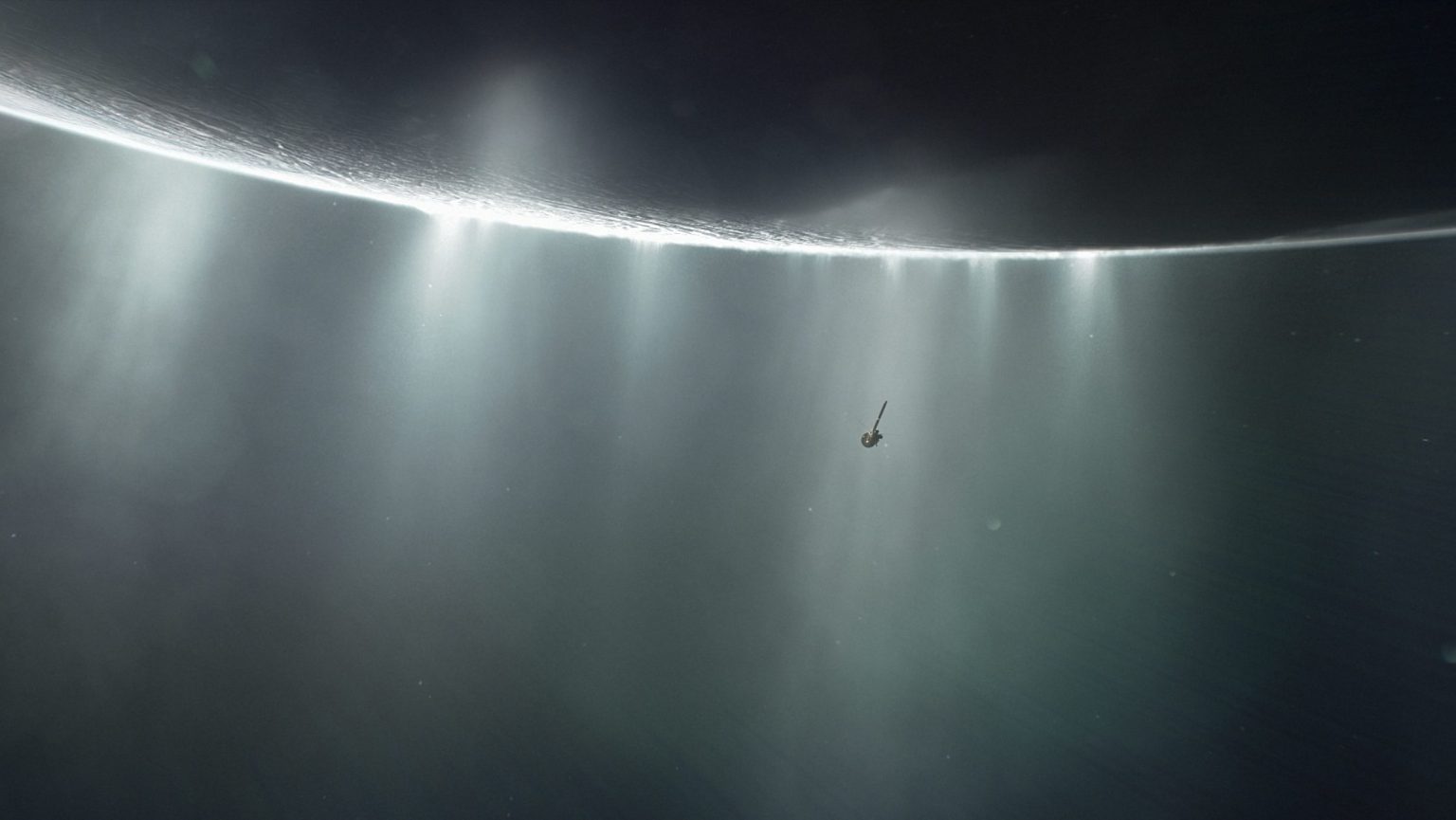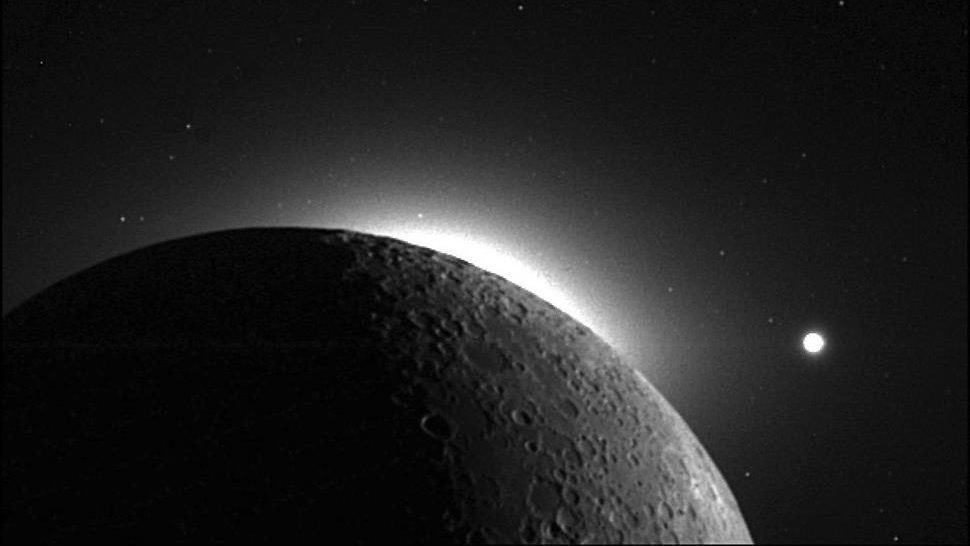Moon River
Water has been found on the moon after scientists detected ice deposits near the Moon’s North Pole, confirming decades of speculation about Moon rivers and oceans. “Scientists using the Mini-SAR instrument on India’s Chandrayaan-1 spacecraft have detected water ice deposits near the moon’s north pole. Mini-SAR, a lightweight, synthetic aperture radar, found more than 40 small craters with water ice. The craters range in size from 2 to 15 km (1 to 9 miles) in diameter. Although the total amount of ice depends on its thickness in each crater, it is estimated there could be at least 600 million metric tons of water ice. ‘The emerging picture from the multiple measurements and resulting data of the instruments on lunar missions indicates that water creation, migration, deposition and retention are occurring on the moon,’ said Paul Spudis, principal investigator of the Mini-SAR experiment at the Lunar and Planetary Institute in Houston. ‘The new discoveries show the moon is an even more interesting and attractive scientific, exploration and operational destination than people had previously thought.’ During the past year, the Mini-SAR mapped the moon’s permanently-shadowed polar craters that aren’t visible from Earth. The radar uses the polarization properties of reflected radio waves to characterize surface properties. Results from the mapping showed deposits having radar characteristics similar to ice.”




